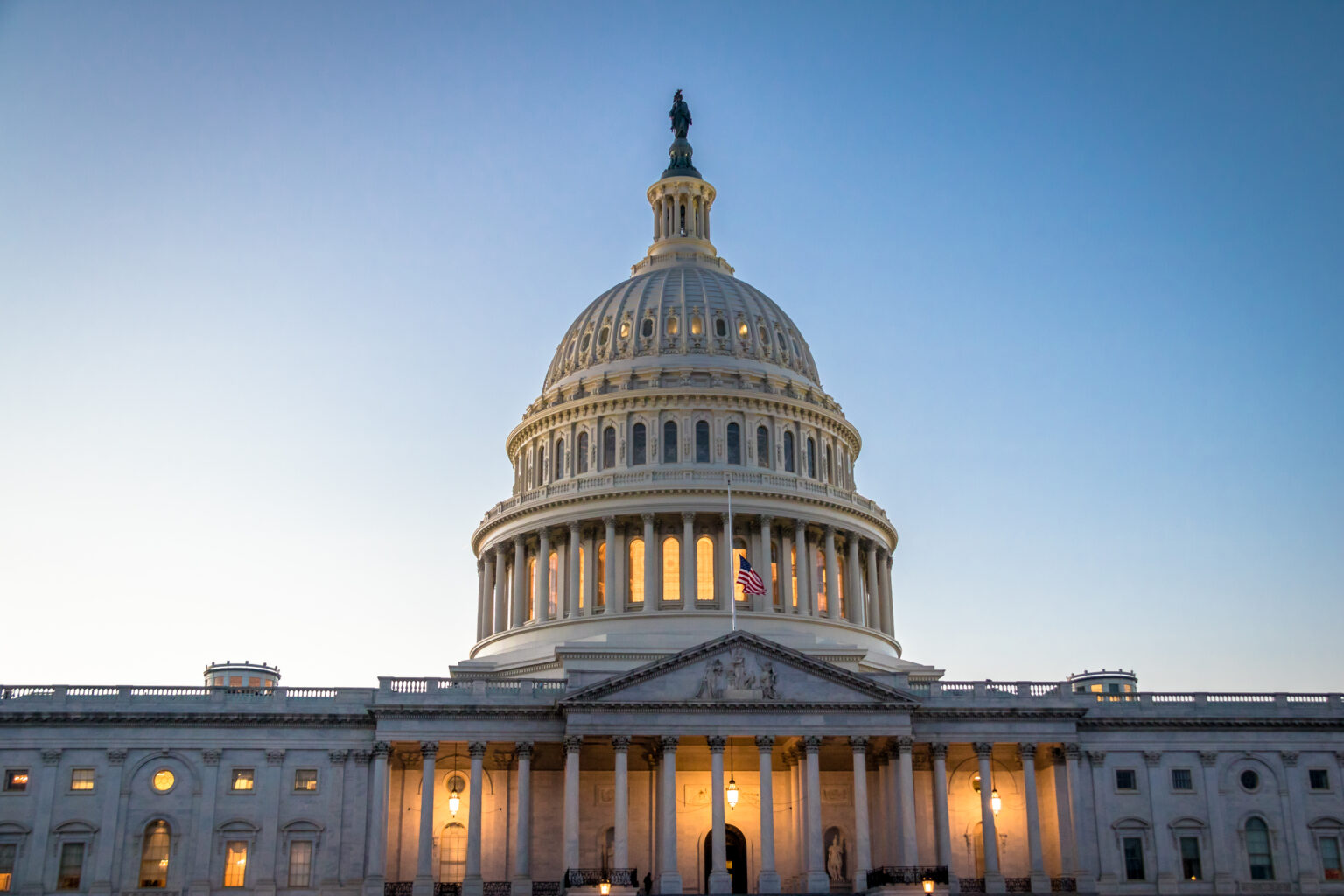Price transparency in healthcare has long been a stated priority for the Trump Administration, both the first and second, and several recent public moves have demonstrated this commitment.
Recently appointed Centers for Medicare & Medicaid Services (CMS) Administrator Dr. Mehmet Oz delivered remarks about his vision, and first up on his list of priorities was implementing President Trump’s executive order (EO) on transparency.
This executive order on price transparency was essentially a reissue and update to an EO on the subject Trump issued during his first term. In this most recent order, he said his Administration would issue new rules and guidance before June that ensure that pricing data is standardized and comparable across health systems and insurers, and that hospitals post actual prices of services, as opposed to estimates.
However, several states are taking the matter into their own hands, as we’ve frequently seen them do on several recent healthcare issues.
The State of Colorado recently finalized a regulation that requires carriers and pharmacy benefit managers (PBMs) to submit price transparency files and prescription drug data collection reports to the Colorado Insurance Commissioner, twice annually and once annually, respectively. The regulation implements a 2024 Colorado law that codified federal price transparency requirements.
While many states have similar laws, and many have also required hospitals to abide by federal price transparency laws, this is the first case of a state expanding oversight and enforcement directly to carriers.
This reporting requirement’s stated purpose is to increase compliance with the federal transparency requirements, for the good of consumers. The Colorado law the regulation is based on directly cited President Trump’s first EO on transparency, and noted that the lack of accurate pricing information is “widely understood to be one of the root problems causing dysfunction within the United States’ healthcare system.”
Price transparency is widely considered a bipartisan issue, and several other states have stepped in with different ideas to increase compliance. Several states, including New Jersey, Michigan, and Oklahoma, for instance, have introduced bills that would bar hospitals from being able to collect medical debts from patients if they are not compliant with transparency requirements at the time the patient received care.
Washington State introduced a bill that took proceeds from fines levied on non-compliant hospitals and poured the monies into a state price transparency tool that would help consumers search and compare hospital prices. Indiana issued an executive order directing all state agencies to examine how best to regulate and enforce transparency requirements in the state.
So, why are states stepping in to help the federal government ensure compliance? Because compliance rates are actually dropping, despite never having reached a particularly high number in the first place. The latest percentage of hospitals that were fully compliant with federal requirements was just 21 percent, according to Patient Rights Advocate – down from an all-time high of 36 percent in 2023. CMS has been increasingly taking enforcement action against hospitals this year – more in the first two months of 2025 than in all of 2024 – but the size of the penalties is dropping.
This is in line with the Trump Administration’s goal of general widespread compliance, and states are joining in on this goal with their own bills.
Ultimately, it’s clear that the Trump Administration and states on both sides of the aisle are increasingly focused on promoting compliance with existing transparency requirements. However, both also seem to be interested in expanding the responsibility for compliance to include both hospitals and plans – so both should be ready!



















